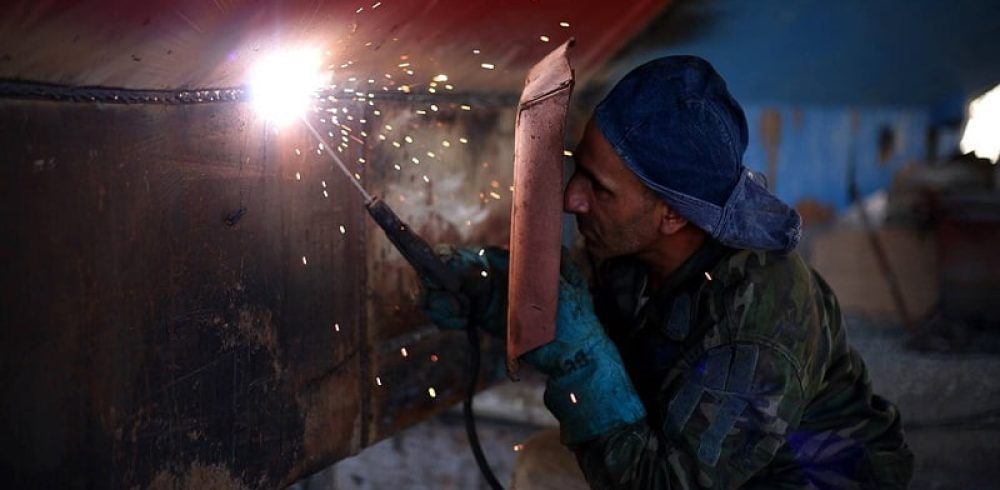Mister Mike Thornton of RSM has released his latest thoughts on the future of the manufacturing industry based on the fiscal results of the year and the forecast ahead for 2017 and beyond. Having looked at cross-sections of reports and indexes by CIPS Manufacturing PMI, Mister Thornton has expressed a partially positive outcome for the future of the manufacturing and engineering industry that comes primarily as a result of lower exchange rates and increased exportation. The fact that the number of employees in the manufacturing industry has also remained a solid high is a good sign for morale and a sign that the workforce in the field so far is at a good level. It seems from the evidence gathered by CIPS that investments and ordering in the industry is also at an increased level, and this might suggest to some that despite the economic see-saw that has been a result of the tumultuous events during 2016, morale is high and prospects are good for the future of the manufacturing industry.
On the other hand, Mister Thornton emphasizes caution and awareness of the changes that might effect the industry in the not so distant future: whilst spending and consumption seems to be at a cosy high, it is clear that with the rise in petrol prices and the fluctuations of the pound will bring about changes to the currently rosy outlook. As it seems now clear that the triggering of Article 50 will eventually result in the country leaving the single market economy, there is, as Mister Thornton explains, no easy way to predict what this potentially disastrous maneuver will hold for those in the manufacturing industry.
Caution is therefore the key element to dealing with the gradually unraveling effects of Brexit on the industry and the overall economy. In a more immediate light, Thornton highlights the costs of the implementation of new apprenticeship schemes as something which manufacturing businesses around the country must bear in mind for the near future.













